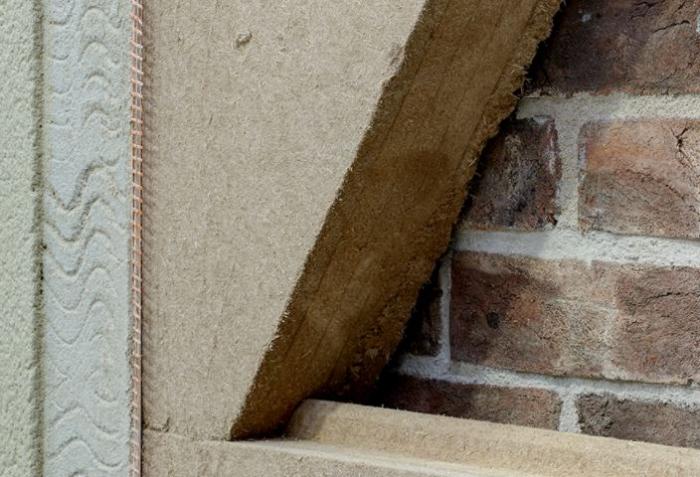The UK government has previously announced plans to raise the minimum energy efficiency standard for rental properties to a rating of C by 2030 for new tenancies and 2025 for existing tenancies. If these plans remain in effect, landlords will need to ensure their properties meet the higher energy efficiency requirements by those respective dates.
Meeting a minimum energy efficiency rating of C would likely require landlords to undertake energy efficiency improvements in their properties, such as installing better insulation, more efficient heating systems, or upgrading windows and doors. The specific measures needed would depend on the individual property and its existing energy performance.
Landlords should be prepared for the potential costs associated with these improvements, as well as the need for planning and implementing them within the designated timeframe. Failure to comply with the minimum energy efficiency standards could result in penalties, restrictions on letting the property, or difficulties in securing new tenancies.
It is important for landlords to stay informed about any changes to EPC regulations by regularly checking official government sources, consulting with energy assessors, or seeking guidance from relevant authorities to ensure compliance and avoid any potential penalties or disruptions to their rental operations.
However Landlords need to careful as poorly fitted insulation can lead to significant problems with condensation and dampness, particularly with older Traditional built solid brick property.
Using breathable materials to insulate traditional solid brick houses can offer several benefits. Here are some of them:
- Moisture Regulation: Breathable insulation materials allow moisture to escape from the walls, preventing the buildup of dampness and condensation. This helps to regulate the moisture levels within the house, reducing the risk of mould and mildew growth. Improved moisture management also enhances indoor air quality and reduces the potential for respiratory issues. A Landlord has been taken to court, due to the recent death of a baby due to high moisture levels in their property.
- Thermal Performance: Breathable insulation materials can enhance the thermal performance of solid brick houses by reducing heat loss or gain. They create a barrier against external temperature variations, helping to maintain a more comfortable indoor environment throughout the year. By reducing heat transfer, breathable insulation can also contribute to energy savings and lower heating and cooling costs.
- Preservation of Brickwork: Traditional solid brick houses often rely on the breathable nature of the bricks to manage moisture. Using breathable insulation materials ensures that this natural moisture management is maintained while still providing additional insulation. By preserving the breathability of the brickwork, the insulation helps prevent the deterioration of bricks caused by trapped moisture, which can even lead to structural damage over time.
- Improved Comfort: Breathable insulation materials can help regulate humidity levels within the house, creating a more comfortable living environment. They can reduce drafts and cold spots, ensuring even temperature distribution throughout the building. This leads to improved comfort for occupants, making the house more enjoyable to live in.
- Environmental Sustainability: Many breathable insulation materials are made from natural and renewable resources, such as sheep’s wool, cotton, hemp, or cellulose fibers. These materials are often recyclable and have a lower environmental impact compared to synthetic insulation materials. Choosing breathable and sustainable insulation options aligns with environmentally conscious practices and contributes to a greener home.
- Acoustic Insulation: Some breathable insulation materials also possess sound-absorbing properties, which can help reduce noise transmission through the walls. This can be particularly beneficial in urban environments or areas with high noise pollution, creating a quieter and more peaceful living space.
It’s worth noting that the specific benefits of breathable insulation materials may vary depending on the material used and the specific characteristics of the house. Consulting with insulation professionals or conducting research on suitable materials for your particular situation is recommended to ensure the best outcome.
Our Surveyor’s can provide you with the correct advice that is bespoke to the property you are letting out.



